Scratching your head over how PS5 and Xbox Series X storage works on the next-gen consoles? Don’t worry, you’re not the only one.
While both the PS5 and Xbox Series X (along with its more affordable sibling, the Xbox Series S) still remain the more user-friendly option compared to gaming PCs, it’s hard to ignore how complicated the storage solutions have become for each system.
In the last 20 years, we’ve gone from storing data on a system’s internal drive to carrying it on a memory card, and now, we’re running games off a super-fast NVMe SSD. If you don’t know the difference between any of these storage solutions, Microsoft and Sony haven’t done the best job of making things clear for the average user, admittedly.
By the time you're done reading this, though, we’ll hopefully address all your questions regarding how storage works on the PS5 and Xbox Series X/S, covering everything from internal and external drives, the different formats, as well as what the rules and caveats are depending on the storage solution you choose. Let’s solve this conundrum once and for all, shall we?
- Where to buy Xbox Series X: the latest stock updates at launch
- Where to buy Xbox Series S: where can you find the cheapest next-gen console?
- Where to buy PS5: upgrade your Sony system this year
What is an NVMe SSD?
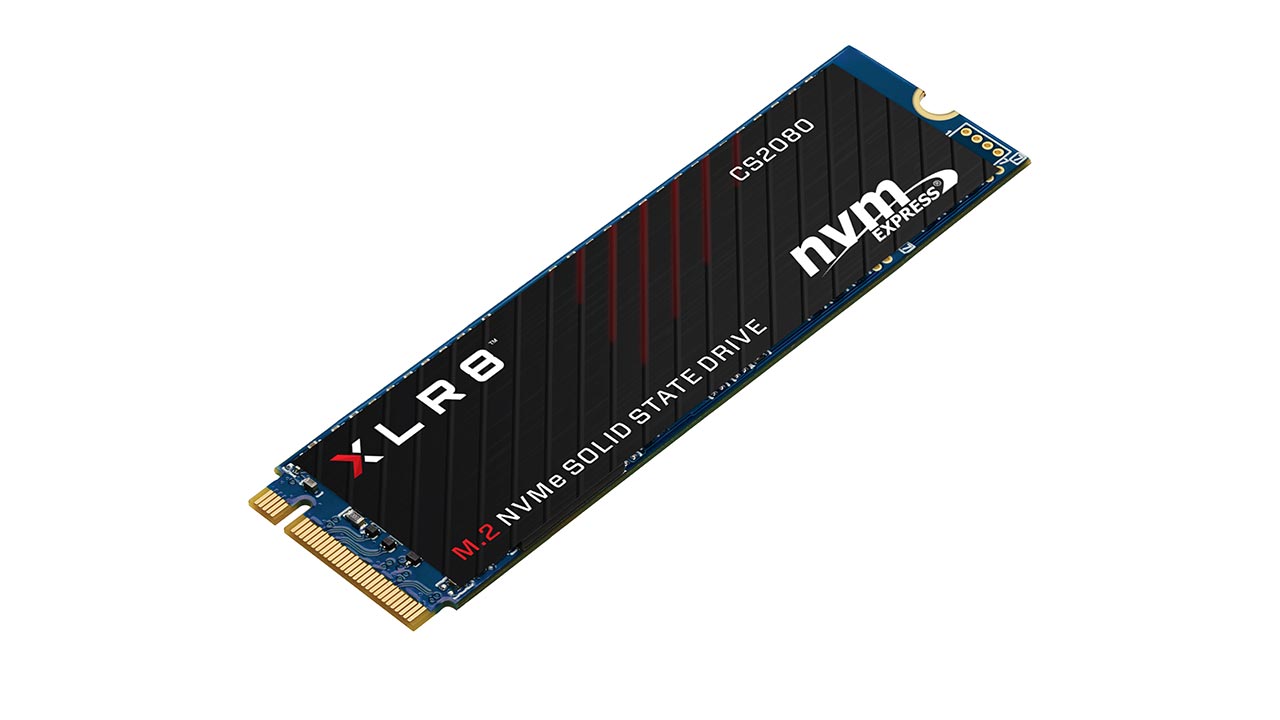
NVMe SSDs (Non-Volatile Memory Express) is a superior storage solution compared to standard hard drives and SSDs. Due to the fact NVMe SSDs use PCIe sockets for data transfer, they can send up to 25x more data than the slower SATA equivalent (which is what the hard drives in the PS4 and Xbox One use).
NVMe drives also cut out the middle man by communicating directly with a system’s CPU, and the end result is blazing fast performance. Both the Xbox Series X and PS5 rely on this new storage format to create a next-generational leap in performance, so it’s crucial to understand the difference between the three types of drives.
Is an NVMe SSD the same as an SSD?
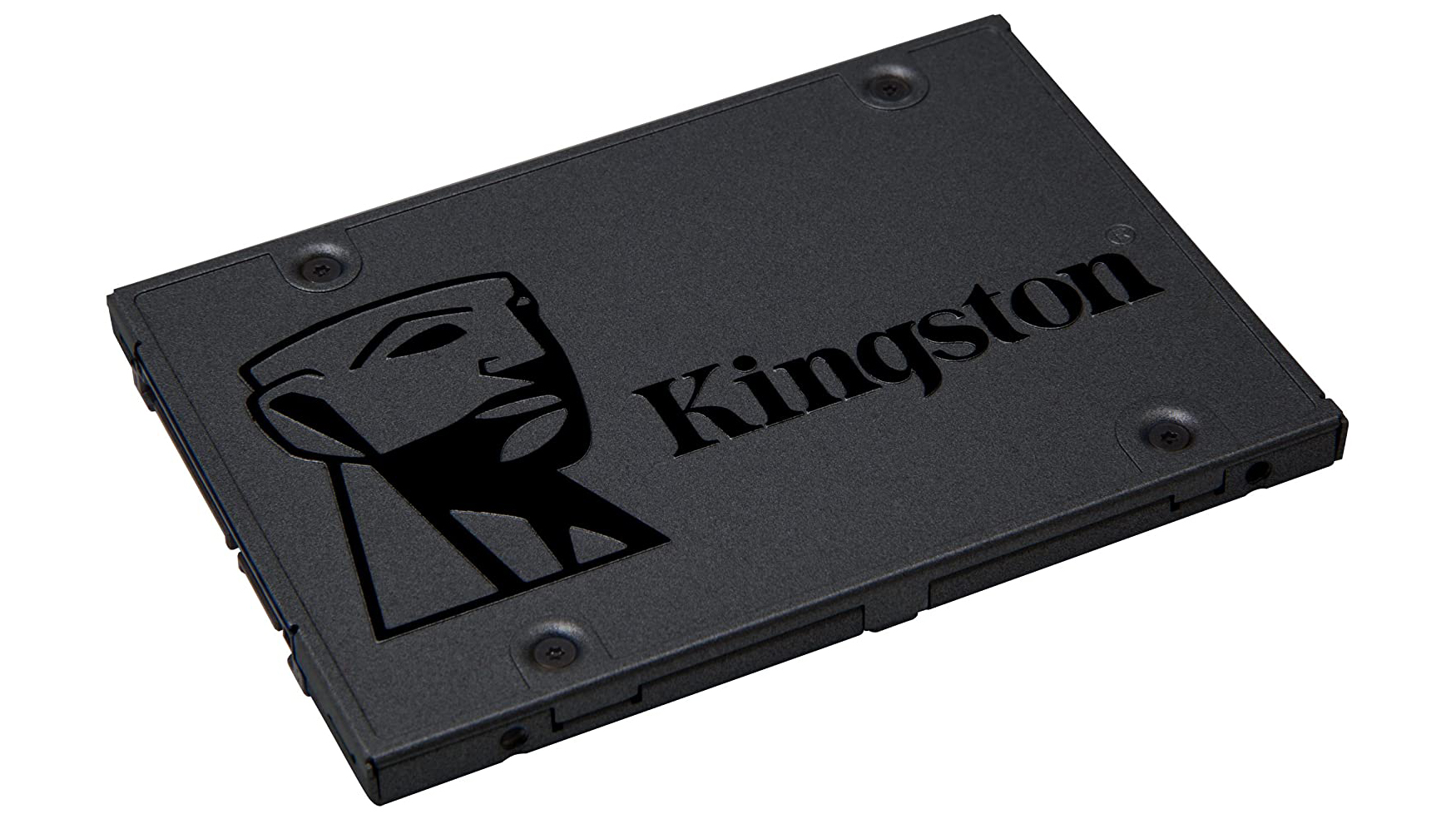
No, and that can often be confusing for many – particularly as both console manufacturers regularly refer to their storage as just “SSD”. Regular SSDs (solid-state drive) rely on SATA, which is a far slower way of transferring data within a system. An SSD is still much faster than a regular mechanical hard drive (and less prone to failure due to the lack of moving parts), but its speeds pale in comparison to an NVMe drive.
PS5 storage: how much do you get?
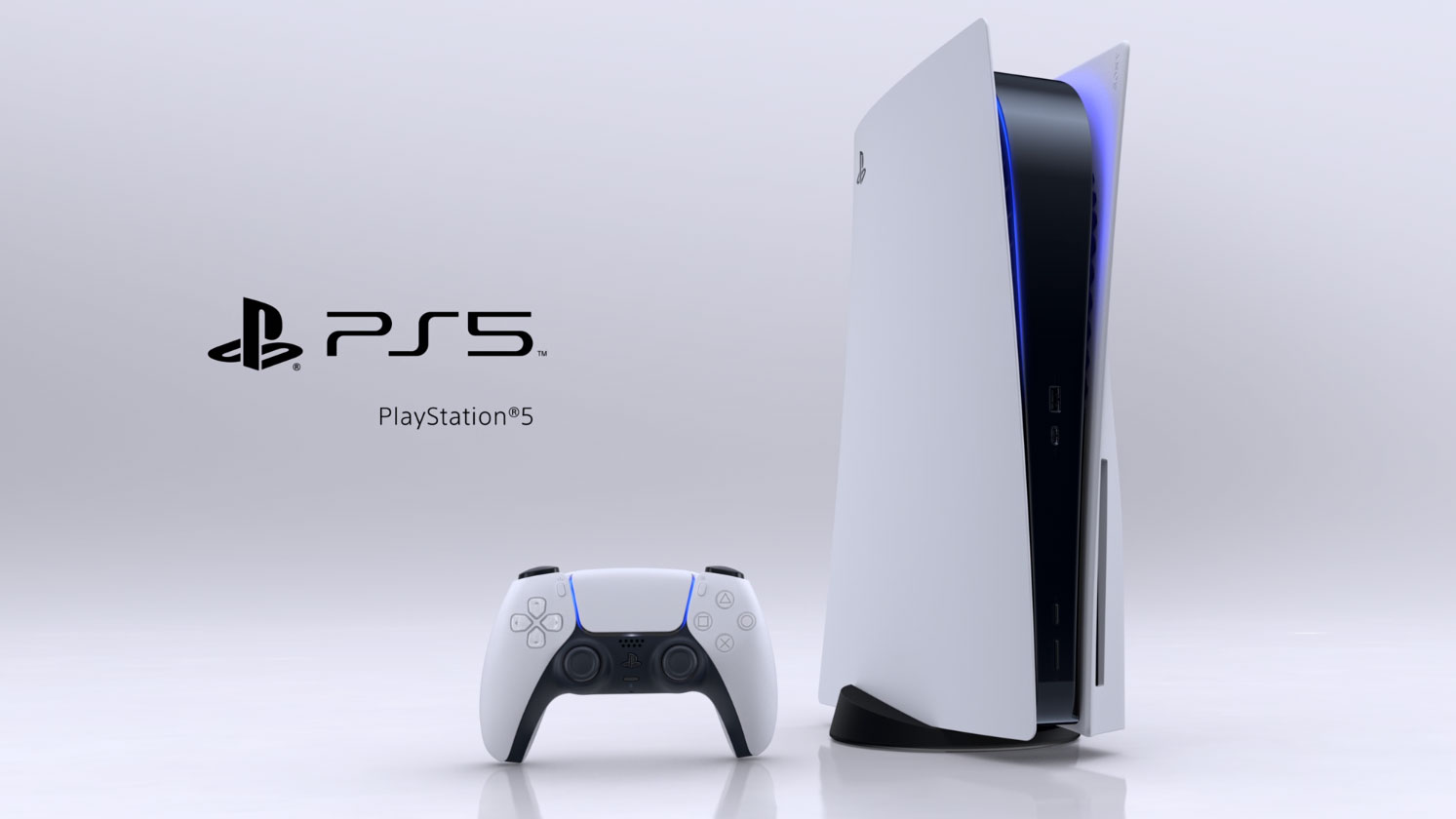
The PS5 is equipped with an 825GB NVMe SSD, which provides super-fast load times and promises to have a transformative impact on how next-gen games will perform in the future. As this is the drive that comes installed in the PS5, it’s often referred to as the “internal” drive and cannot be removed by the user (as far as we can tell at least).
The PS5 only has 667.2GB of usable memory to play with – a large chunk of storage is reserved for system files and the PlayStation’s operating system – and with the majority of PS5 games weighing in at 50GB, space will be at a premium. So how do you add more usable storage?
How to expand PS5 storage
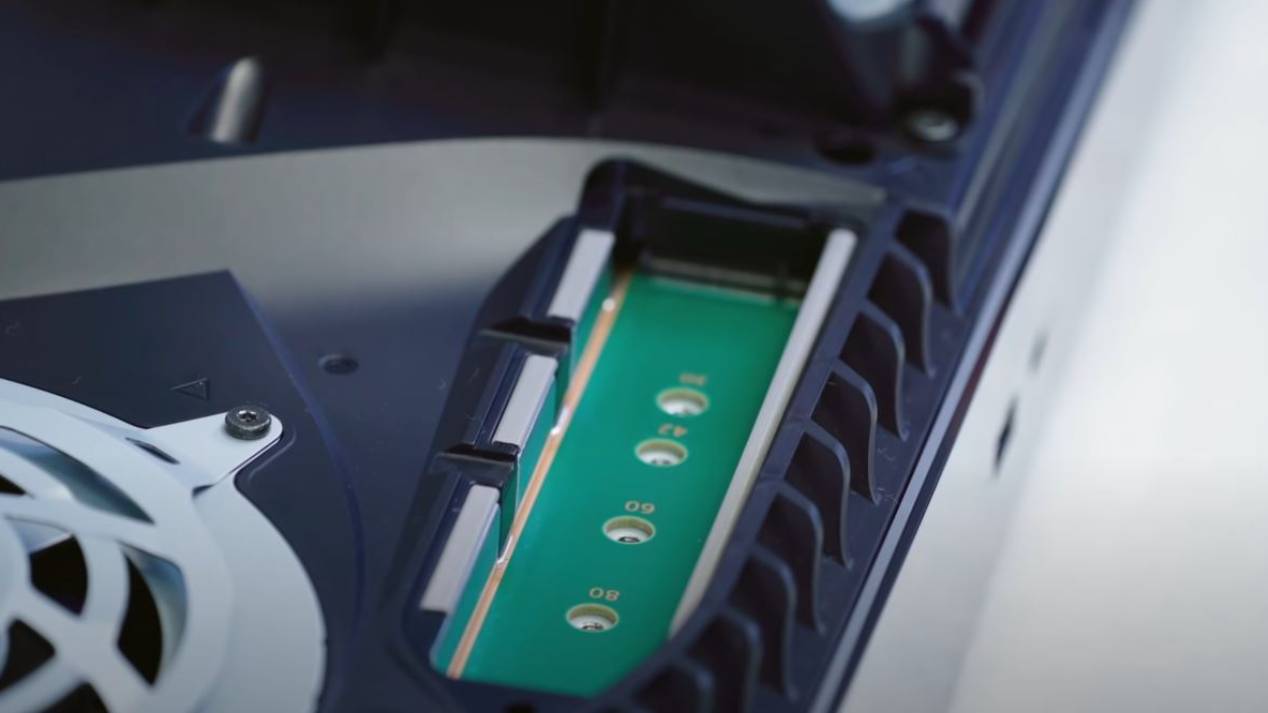
The PS5’s storage can be expanded in three distinct ways: by installing a Sony-certified NVMe SSD (Sony’s official PS5 teardown video shows exactly where an extra drive will fit), an external HDD or SSD attached via USB.
Sony has yet to confirm which off-the-shelf NVMe SSDs will work with PS5, but has stated that you won't be able to expand the PS5's memory via the SSD slot as it's currently disabled. Sony has said it will activate the SSD bay in a "future update" via a firmware update, but for now, you're at the mercy of the console's internal memory.
We know that the PS5’s internal drive uses a PCIe Gen 4 M.2 NVMe SSD, capable of 5.5 GB/s bandwidth. Any drive will need to match or beat these specifications, then, but until Sony confirms exactly which drives will work on PS5, we won't know for sure.
Any games that are installed to either the internal or additional NVMe SSD that you can install will benefit from the full power of the PS5, particularly when it comes to load speeds. The problem is that NVMe SSDs aren’t cheap, so be prepared to part with a large chunk of change if you want to expand the PS5’s storage capacity.
The next solution to free up space from the PS5’s main drive (or additional NVMe SSD you install) is to plug in a regular external HDD or SSD. As both these storage solutions sit outside of the console, they’re often referred to as “external” drives.
Both these drives can be used to store and play PS4 games, however, they won’t benefit from the advantages of being stored directly onto the PS5’s NVMe drive. You cannot store PS5 games on an external hard drive or SSD, though, only PS4 games, though Sony has said it's looking to provide this option in the future.
| Can you play PS5 games from it? | Can you play PS4 games from it? | Can you play PS5/PS4 games from it? | Can you store PS5 games? | |
|---|---|---|---|---|
| PS5 internal NVMe | Yes | Yes (they will benefit from faster load times) | Yes | Yes |
| External HDD (USB 3.1) | No | Yes | No, only PS4 games | No |
| External SSD (USB 3.1) | No | Yes (they will benefit from faster load times) | No, only PS4 games | No |
Xbox Series X storage: how much do you get?
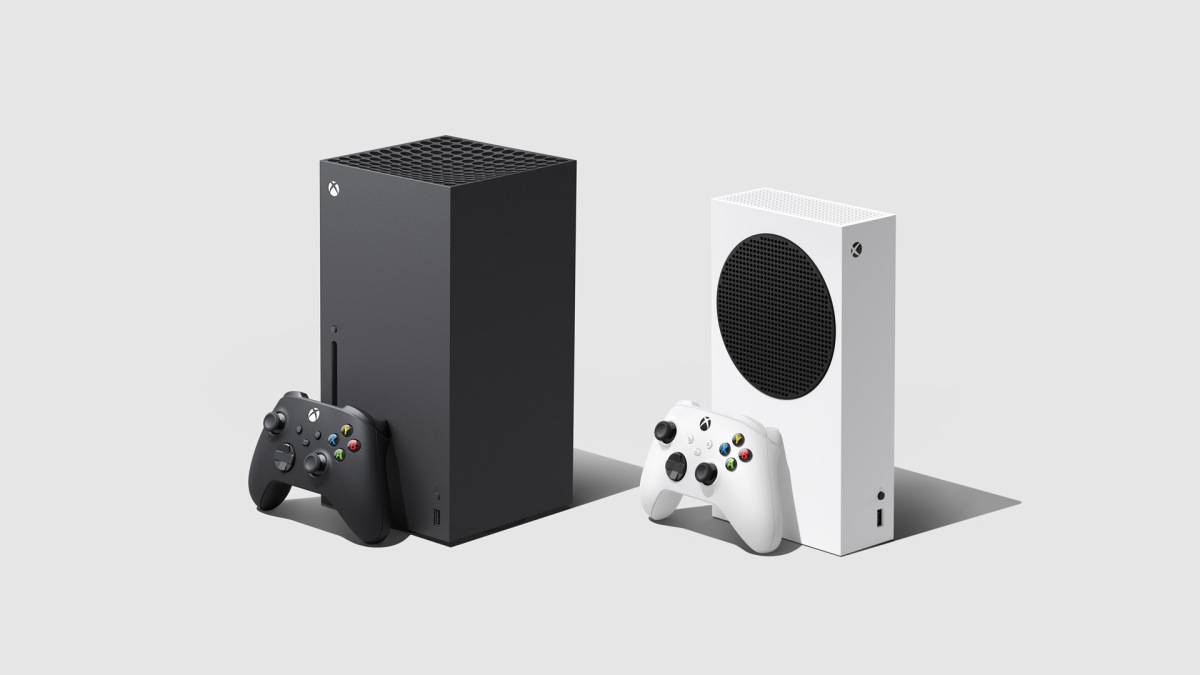
The Xbox Series X comes with a 1TB NVMe SSD, while the Xbox Series S is equipped with a 512GB NVMe SSD. The Xbox Series X has 802GB, which means 198GB is reserved for system files and the Xbox operating system.
The Xbox Series S, meanwhile, only has 364GB of useable storage. Games will take up 30% less room than their Xbox Series X counterparts as file sizes are reduced due to developers not targeting a 4K resolution, but you'll likely need to expand the system's memory sooner rather than later.
How to expand Xbox Series X/S storage
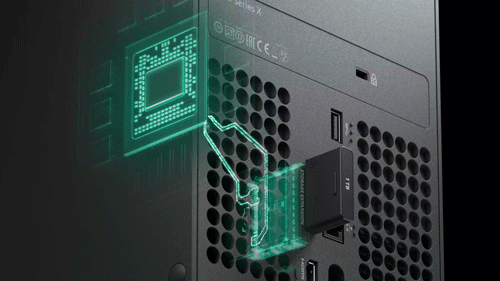
Unlike Sony, Microsoft’s solution to expanding the Xbox Series X/S’s internal memory with more super-fast NVMe storage is far more elegant. Microsoft has released a 1TB Storage Expansion Card at launch that slots into the back of both consoles, much like a memory card. Again, anything you store on the NVMe drives will benefit from the full suite of power that the Xbox Series X/S provide, including features like Quick Resume.
Microsoft has also revealed that more storage solutions will be on the way, so consumers won’t just be at the mercy of buying the proprietary drive. This is good news, as proprietary drives can often be more expensive than components from third-party manufacturers.
Similar to the PS5, you can plug in an external HDD or SSD to play Xbox One, Xbox 360 and original Xbox games on. You won’t benefit from the lightning quick speeds that the NVMe drives can provide, however, SSD drives are still considerably quicker than HDD so if you do got for an external option, opt for an SSD. Any games that are later optimized for Xbox Series X (like Gears 5 for example) will subsequently need to be moved to the internal NVMe drives to be played.
Unlike the PS5, Xbox Series X/S optimized games can be stored on external drives, but they won’t be playable unless they’re transferred back to the main NVMe drives.
| Can you play XSX/XSS optimized games from it? | Can you play XSX/XSS optimized and back-compat games from it? | Can you play Xbox One/back compat games from it? | Can you store XSX/XSS/Xbox One/back compat on it? | |
|---|---|---|---|---|
| Xbox Series X/S NVMe SSD | Yes | Yes (they will benefit from faster load times) | Yes (they will benefit from faster load times) | Yes |
| External HDD (USB 3.1) | No | No, only Xbox One/back-compat games | Yes | Yes, but XSX/XSS optimized games can only be played from the NVMe SSD |
| External SSD (USB 3.1) | No | No, only Xbox One/back-compat games | Yes (they will benefit from faster load times) | Yes, but XSX/XSS optimized games can only be played from the NVMe SSD |
And that's all there is to it. Both consoles have their own, albeit similar storage solutions, but make sure you know the difference if you do plan on expanding your memory on either next-gen console in the future.
- PS5 vs Xbox Series X: the two consoles go head-to-head
from TechRadar - All the latest technology news https://ift.tt/3lyLbTf
via IFTTT
0 التعليقات: